How Many Types Of Dewatering Are There?
There are several types of dewatering, depending on the method used and the specific application. Some common types of dewatering are as follows.
How Many Types Of Dewatering Are There?
1. Gravity dewatering: This involves using gravity to remove water from a material, such as sand or gravel. This is typically done by allowing the material to sit in a basin or other container until the water drains out.
2. Mechanical dewatering: This involves using machines to remove water from a material, such as a centrifuge or a drum filter. These machines use mechanical forces to separate the water from the solid material.
Mechanical dewatering includes these screens
A. Polyurethane screen: This type of screen is made from a durable material that can withstand high pressure and is resistant to wear and tear. It is often used in industrial settings where heavy-duty dewatering is required.
B. Perforated metal screen: This type of screen is made from a series of perforated metal sheets that allow water to pass through while trapping solid particles on the surface.
C. Fiberglass screen: This type of screen is made from a lightweight, flexible material that can be easily installed and removed. It is often used in residential applications where simple dewatering is required.
D.Wire mesh screen: This type of screen is made from a series of wire wires woven together to form a grid. It is often used in industrial settings where high-volume dewatering is required.
3. Chemical dewatering: This involves using chemicals to remove water from a material. For example, sodium sulfate can be used to remove water from soil.
4. Drip irrigation: This involves delivering water directly to plants at a slow rate through small drip lines or emitters. This is often used in agriculture to conserve water and improve crop growth.
5. Subsurface drainage: This involves removing excess water from soil and sediment by allowing it to flow underground. This can be done using a variety of methods, including trenches, channels, and drains.
Overall, there are many different types of dewatering techniques available for different applications, each with its own advantages and disadvantages. It’s important to choose the appropriate method based on the specific needs of the project.


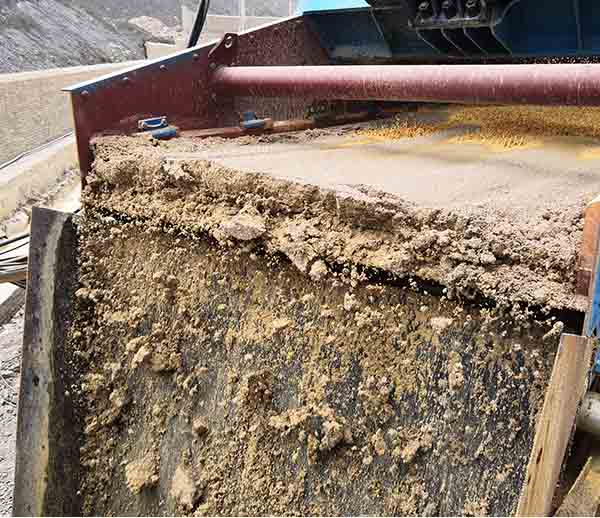
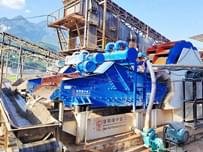
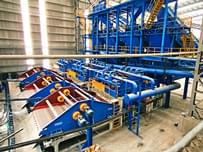
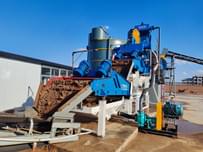
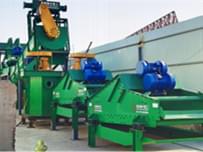
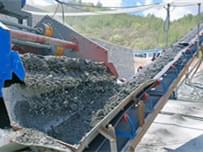
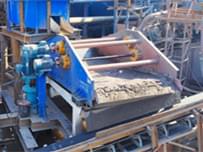
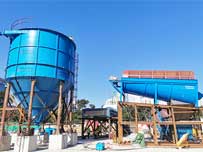
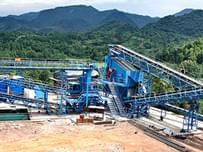




Send Message
Please write down your requirement and contact details in the following form. You can also send a message to us by this email export@lylzzg.com, we will reply to you within 24 hours.